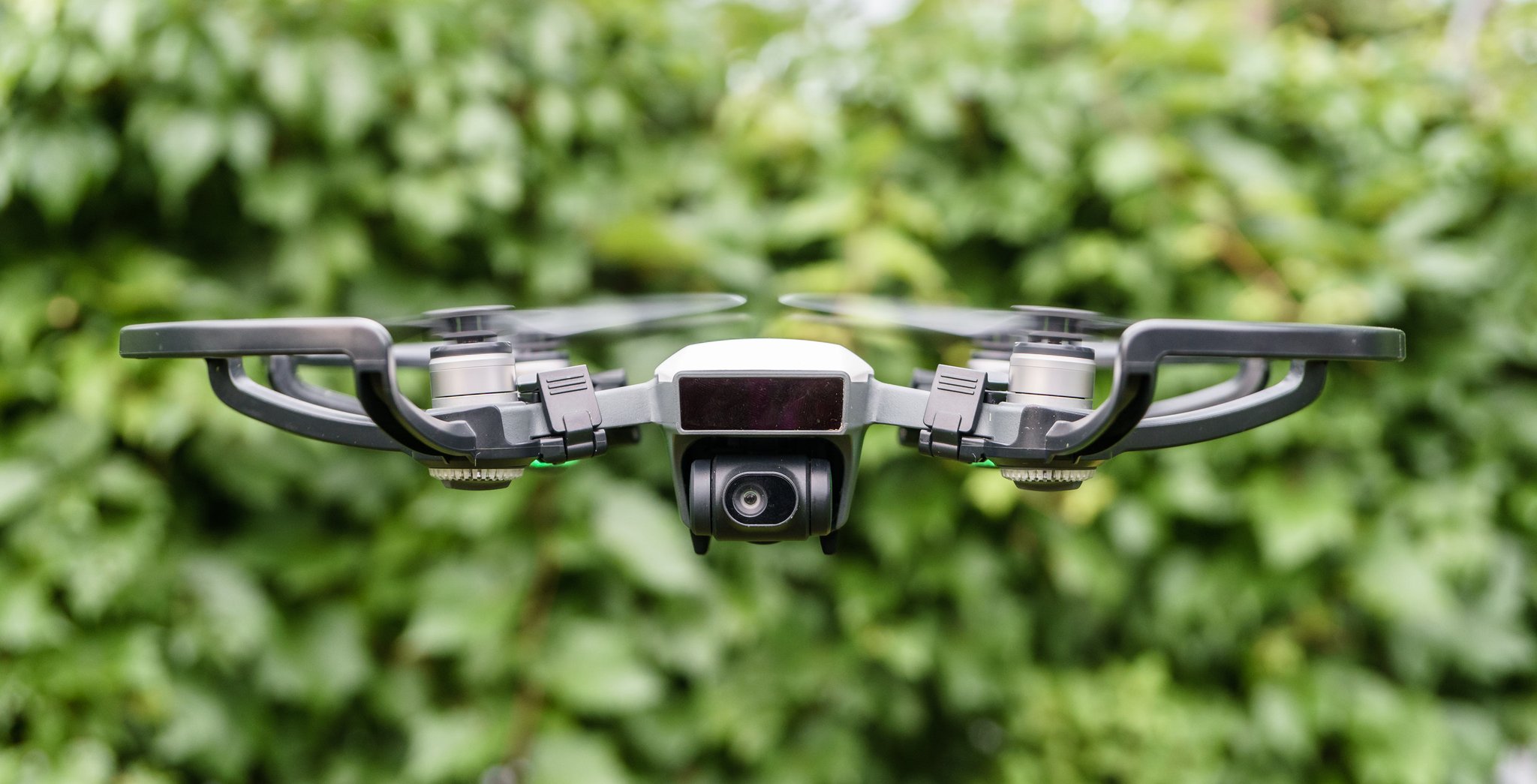
After several months of interim orders governing the use of drones–otherwise known as UAVs–Transport Canada has published a full, proposed overhaul of the Canadian Aviation Regulations.
The new rules, if approved, would dramatically reduce the paperwork burden on both Transport Canada and commercial drone operators, but they would also increase the costs for all pilots while their impact on air safety remains uncertain. The new rules will take effect on January 15, 2018 and the public has until October to provide feedback.
Emphasis on risk
The biggest change to the existing regulatory environment, is a re-framing of the risk posed by the drones themselves. Under the proposed rules, a drone’s weight and flight conditions determine how strictly its use will be controlled – not whether the aircraft is being flown for commercial or personal reasons.
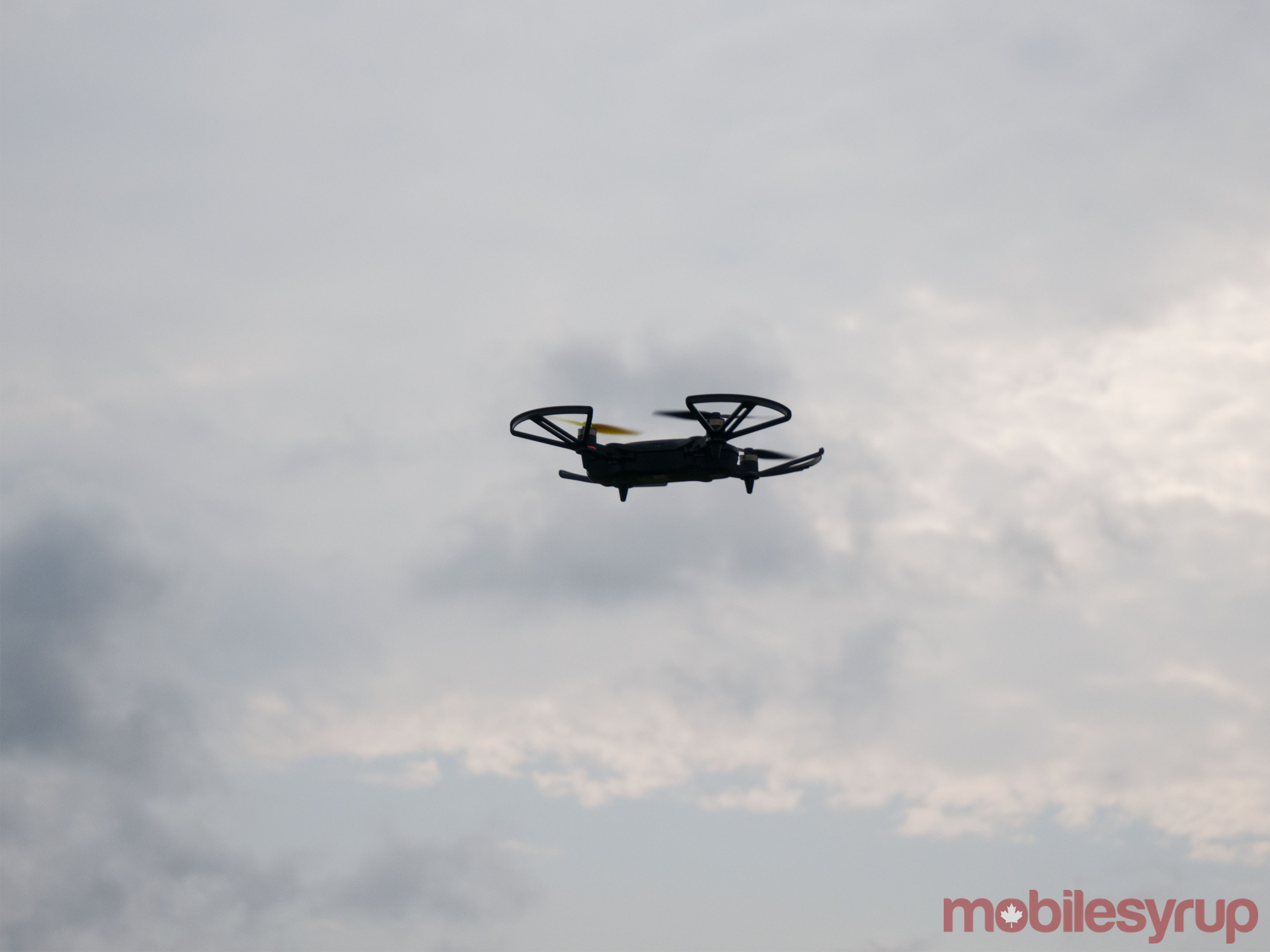
The rationale is that a 1 kg drone would pose the same risk to people, and other aircraft, regardless of a pilot’s level of commercial gain from the flight. The heavier the aircraft, and the riskier the flight conditions, the more onerous the regulations become.
New categories
Transport Canada proposes five new UAV categories:
- Micro: These drones weigh 250 grams or less, and are basically unregulated.
- Very Small: More than 250 grams to 1 kilogram.
- Small [“Limited” flight conditions]: More than 1kg to 25kg.
- Small [“Complex” flight conditions]: More than 1kg to 25kg.
- Large/Beyond Visual Line-of-Sight (BVLOS): More than 25kg — though there are nuances, Transport Canada generally defines “limited” as flights that take place in rural settings, while “complex” refers to built-up areas, or more specifically, “a populated or developed area of a locality, including a city, a town, a village or a hamlet.”
Tiny drone, tiny rules
As before, if your drone weighs less than 250 grams (Micro), you are exempt from regulation. The rules caution that you must still respect any relevant privacy laws, and that you must fly your drone “so as not to endanger life or property of any person.”
Insurance for all
Under the proposed new rules, anyone flying a Very Small, Small, or Large drone, must carry a minimum of $100,000 in liability insurance. Unfortunately, drones are considered aircraft and as such are not typically covered by homeowners insurance policies. Intact Insurance was one of the few companies we spoke to that does cover drones under both its homeowners comprehensive and liability policies.
Transport Canada estimates that the cost for this insurance — if you had to buy it separately — will be $15 per year, however MobileSyrup was unable to find an insurance company with drone liability policies for consumers in that price range.
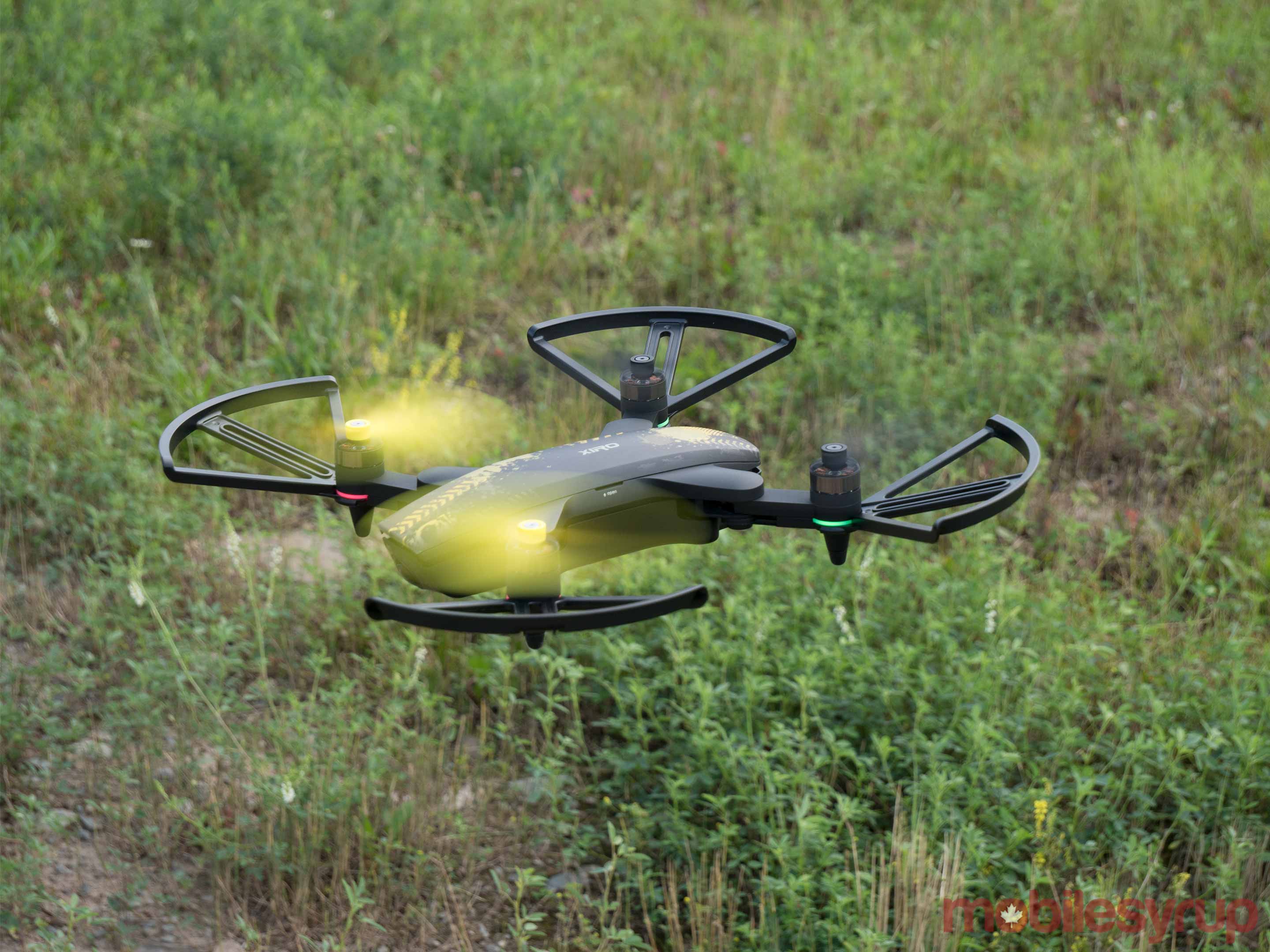
Spark Insurance offers hobbyist policies that cost $400 to $500 CAD a year for $100,000 in liability, covering damage to any people or property that arise from your drone use, but only if you are flying in Canada, and only if your flight adheres to Transport Canada’s regulations.
Membership in MAAC (Model Aeronautics Association Of Canada) costs about $90 annually (prices vary by province) and includes $7.5 million in liability coverage — well in excess of the minimum requirement — which is the least expensive option we could find. Their group insurance is valid globally, but as with Spark Insurance, if you’re flying in Canada, you must adhere to all of Transport Canada’s rules and regulations in order to be covered by it. There are plenty of insurance options for businesses that operate drones.
Rules of the sky
Another new requirement for all drone pilots: They must pass an aviation knowledge test, which Transport Canada claims will be similar to the current boating knowledge test. There will be four tests, one for each category of weight/flight condition, consisting of about 100 questions each.
Pilots must “demonstrate aeronautical knowledge in specific subject areas, such as airspace classification and structure, the effects of weather and other areas.” Transport Canada expects the cost to take one of these tests will be $35. Technically speaking, even a recreational pilot flying a drone as small as a DJI Spark in the middle of the countryside, would have to pass this test.
Strangely, even though the new rules go into effect by January, Transport Canada says it will take 18 months for their staff to develop the test for the small-complex category (the primary category for non-recreational pilots), and makes no mention of what pilots are expected to do during this interval.
Once you’ve met the rules above, your drone’s specific weight category and flight location bring with them further requirements.
Very small drones
For the very small drone category, e.g. a DJI Mavic Pro, the proposed flight regulations are the same for both rural and built-up areas, and they’re nearly identical to the current interim rules, but Transport Canada has now added a minimum operator age:
- Be at least 14 years of age.
- Clearly mark the UA with the name, address and telephone number of the operator.
- Notify air traffic control if the UA inadvertently enters or is likely to enter controlled airspace.
- Operate in manner that is not reckless or negligent (that could not endanger life or property).
- Give right of way to manned aircraft.
- Use another person as a visual observer if using a device that generates a streaming video also known as a first-person view (FPV) device.
- Confirm that no radio interference could affect the flight of the UA.
- Do not operate in clouds.
- Operate at the following minimum distance from an aerodrome: 3 nautical miles (NM) [5.56 km] from the centre of the aerodrome. The required distance from heliports and/or aerodromes used exclusively by helicopters would be 1 NM (1.85 km).
- Operate at least 100 feet (30.5 m) from a person. A distance of less than 100 feet laterally would be possible for operations if conditions such as a reduced maximum permitted speed of 10 knots (11.5 mph) and a minimum altitude of 100 feet are respected.
- Operate at a maximum distance of 0.25 NM (0.46 km) from the pilotOperations over or within open-air assemblies of persons would not be allowed.
- Operate below 300 feet.
- Operate at less than 25 knots (29 mph).
- Night operations would not be allowedIn some ways, these rules are an expansion of the previous allowances — first-person view devices (goggles that let you see what the drone’s onboard camera sees) are currently banned for pilots under the interim rules regardless if they have a visual observer or not.There’s also an acknowledgement that slower speeds and lower altitudes could reduce the risk to people and thus a smaller minimum lateral distance might be allowed as long as a minimum altitude is respected, but the wording stops short of defining what that lateral distance could be.In theory, this could allow the pilot of a ‘Very Small ‘drone like a Mavic Pro, to hover directly over — or very close to — a person as long as they kept the drone 100 feet in the air.
Small drones
Once you’re into the small drone category, e.g. a DJI Phantom 4 series, the rules get stiffer and are different depending on where you fly. In a limited or rural context, the rules are essentially the same as for very small drones, but with a few modifications:
- Perform a site survey prior to launch to identify any obstacles and keep maintenance and flight records.
- Be at least 16 years of age.
- Operate at the following minimum distance from an aerodrome: 3 NM (5.56 km) or greater, respecting the control zone; or 1 NM (1.85 km) if there is no control zone. The required distance from heliports and/or aerodromes used exclusively by helicopters would be 1 NM (1.85 km).
- Operate at least 250 feet (76.20 m) from a person. A lateral distance of less than 250 feet would be possible for operations if conditions such as a maximum permitted speed of 10 knots (11.5 mph) and a minimum altitude of 250 feet are respected.
- Operate at a minimum distance of 0.5 NM (0.93 km) from a built-up area.
- Operate at a maximum distance of 0.5 NM (0.93 km) from the pilot.
- Operate below 300 feet (91.44 m) or 100 feet (30.48 m) above a building or structure with condition.
- Operate at less than 87 knots (100 mph).For small drones in a complex, or built-up context, the proposed rules affect both the pilot and the drone itself.Transport Canada will require that the drone in question is “in compliance with a standard published by a standards organization accredited by a national or international standards accrediting body; have available the statement from the manufacturer that the UAS meets the standard; and do not modify the UAS.”While the rules don’t state which standard will be used, they do indicate that non-compliant drones purchased before these rules go into effect, can still be used – though possibly with greater restrictions than compliant ones.Pilots would then have to:
- Register their drone with Transport Canada and carry that document with them whenever flying, at a cost of $110 per drone.
- Obtain a pilot permit ($35) that would be valid for five years. The pilot permit application to Transport Canada would include, for example, the following:
- An attestation of piloting skills by another UA pilot, and the successful completion of a comprehensive knowledge exam ($35 exam fee).
- Operate over or within open-air assemblies of persons if operated at an altitude of greater than 300 feet, but less than 400 feet, and from which, in the event of an emergency necessitating an immediate landing, it would be possible to land the aircraft without creating a hazard to persons or property on the surface.
- Operate at a maximum of 400 feet (121.92 m) or 100 feet above a building or structure with conditions.Night operations would be allowed with conditionsWhat’s interesting here is that Transport Canada has significantly increased a pilot’s ability to fly near people, at higher altitudes, and potentially at night, as long as the minimum requirements are met.
Goodbye SFOCs
Under the current rules, anyone flying their drone for commercial purposes is supposed to apply for and obtain a Special Flight Operations Certificate (SFOC) from Transport Canada, before flying.
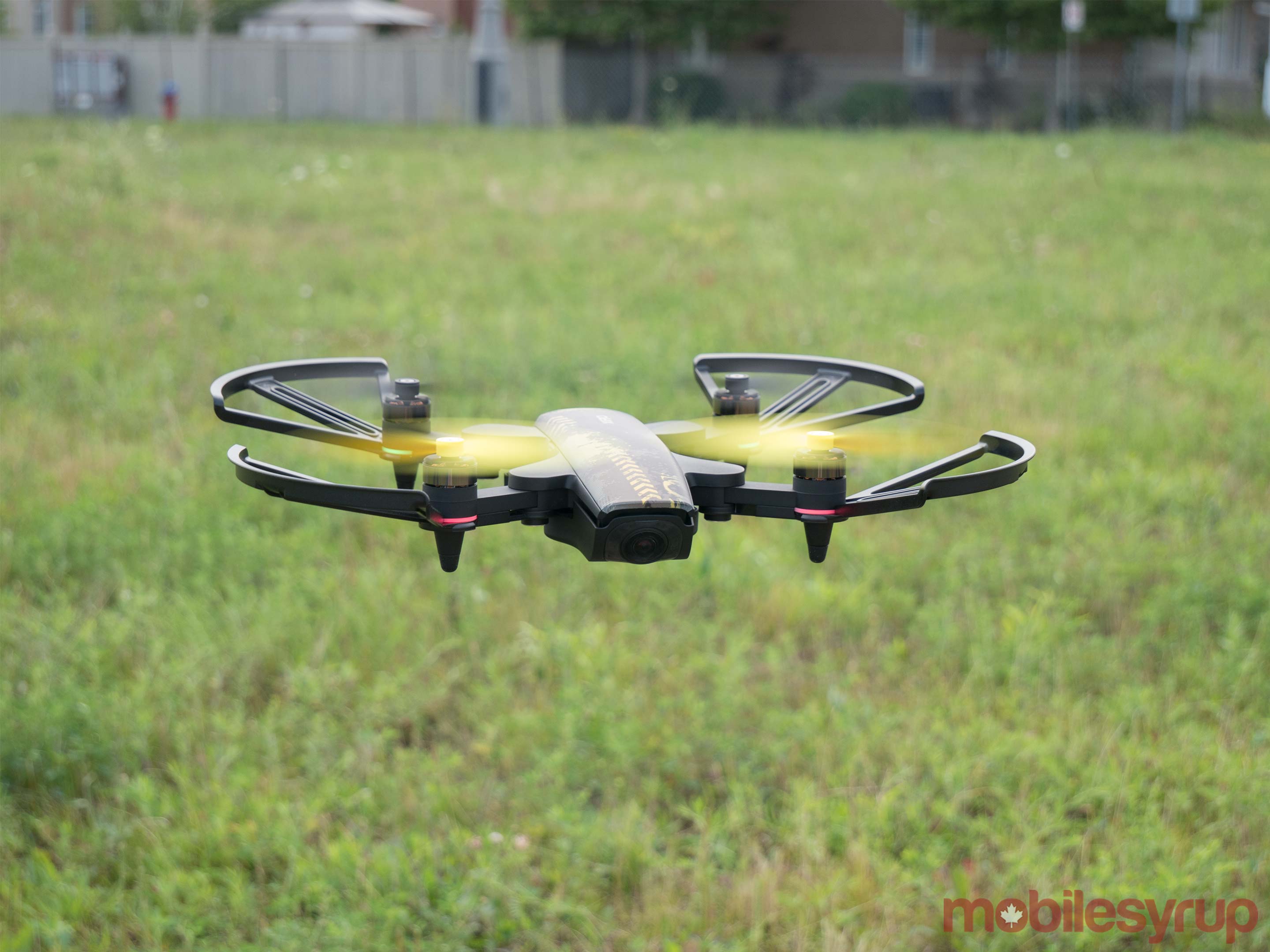
Not only is this a significant administrative burden on individual and large drone operators alike, the process has been a challenge for the ministry to complete in a timely manner, leading to delays of 20 days or more before an SFOC could be issued.The new proposed rules essentially eliminate the SFOC requirement for all but the heaviest drones and riskiest flight conditions — a welcome move for commercial drone operators both large and small.
It means that an aerial cinematography or inspection company, as long as they are operating drones weighing less than 25 kg, could operate on their own schedule if their pilots held valid permits. It’s worth noting that the government expects to save taxpayers million of dollars through the reduction in SFOC applications.
Is this safer?
A common thread to Ministry of Transportation’s concerns around drone use, is their potential impact on people, and other aircraft.
Transport Canada says, “Risks are largely due to lack of understanding and working knowledge of airspace, aviation regulations, manned aviation airspace users, and best practices.” However it still unclear how the institution of tougher educational requirements will translate into more responsible pilot behaviour.
Enforcement
Transport Canada’s enforcement provisions seem to be at odds with the number of UAVs it believes to be in operation in Canada. The new rules simply say that the RCMP will be empowered to fine pilots who are non-compliant, and that local law enforcement may be used for this as well, though it is unclear whether or not these groups have the resources to dedicate to any kind of ongoing surveillance.
Fines for individuals range from $1,000 to $5,000 depending on the severity of the infraction, while corporations can expect to pay anywhere from $5,000 to $25,000.
Reactions
Chinese drone manufacturer, DJI, reacted to the new draft rules in a statement. “We are disappointed that Transport Canada has taken an overly restrictive approach for its new proposed drone rules,” said Brendan Schulman, DJI Vice President of Policy and Legal Affairs.
“Strong restrictions placed on drones in built-up areas — essentially all locations where people live — overlook the benefits drones can provide to cities and will result in millions of Canadians not having the opportunity to realize the full potential of this emerging technology.”
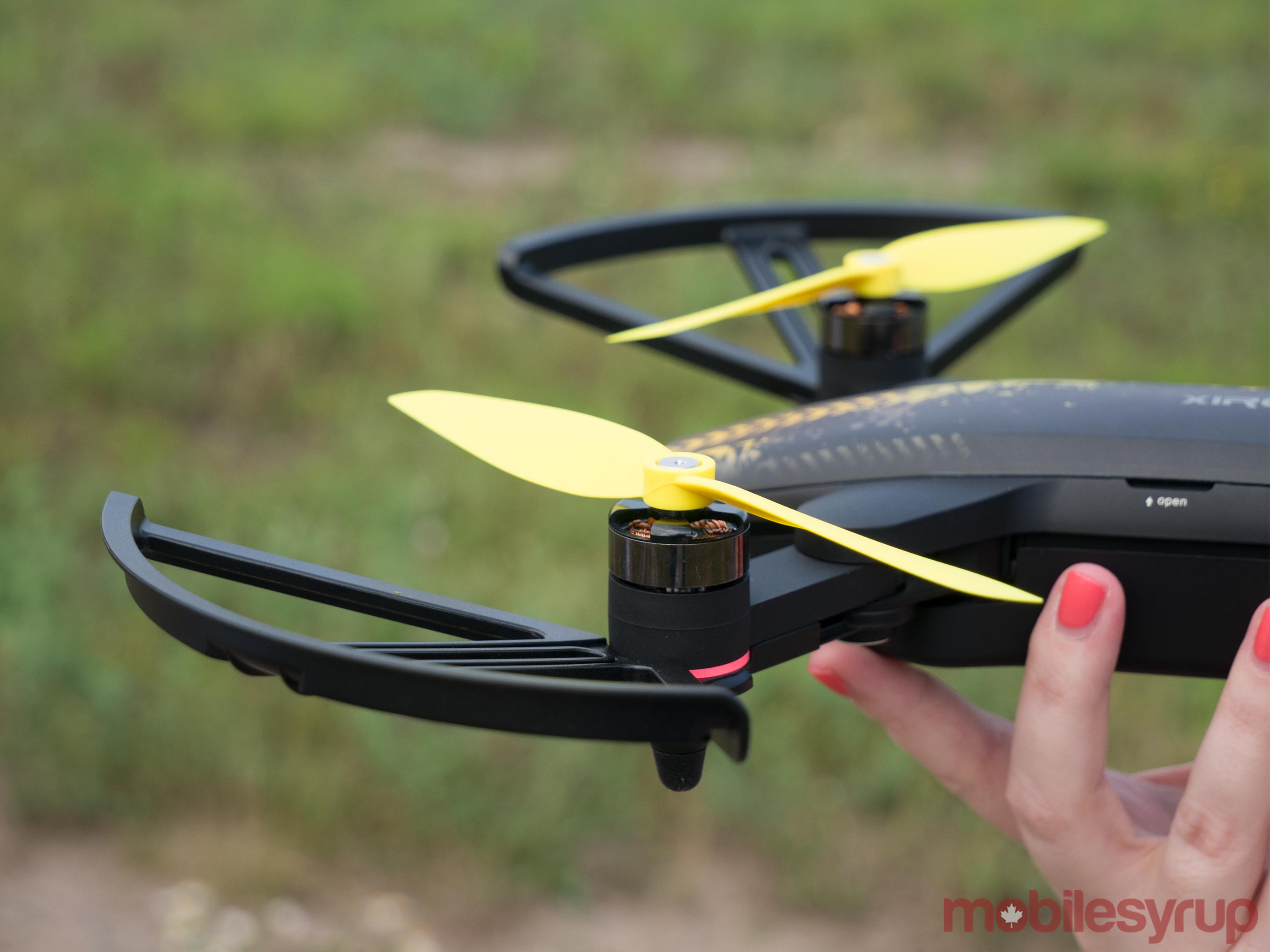
Non-recreational pilots seem most concerned with the new standards-compliance rule for Small drones. At the moment, none of the most popular pro-level drones made by DJI e.g. Phantom 3, Phantom 4, Inspire, or Inspire 2, are standards-compliant, leaving many commercial operators wondering how they’ll be able to meet the new regulations for built-up areas without a significant investment in new equipment.
A fully-loaded Inspire 2 with a top-of-the-line camera, for instance, costs almost $9,000.Some pilots welcome the changes, especially those who operate a very small drone for commercial flights. Mayooran N, a member of the Special Flight Operations Certificate Canada Facebook group, uses his Mavic Pro to shoot real estate and wedding/engagement photos and videos.
“Compared to SFOC,” he said, “I can write my exam, get insurance and do my work following the [very small drone] rules and Controlled Airspace limitations in the GTA. I don’t have to build my work to get a standing SFOC, thus I can start my work legally.”
Photography by Patrick O’Rourke and Igor Bonifacic.
MobileSyrup may earn a commission from purchases made via our links, which helps fund the journalism we provide free on our website. These links do not influence our editorial content. Support us here.


